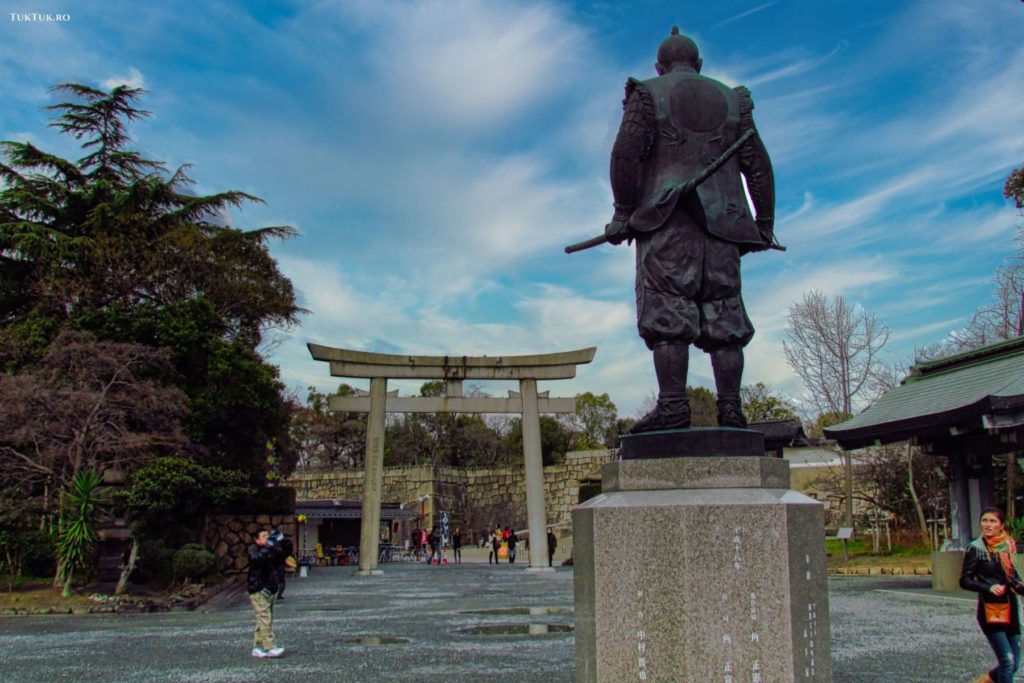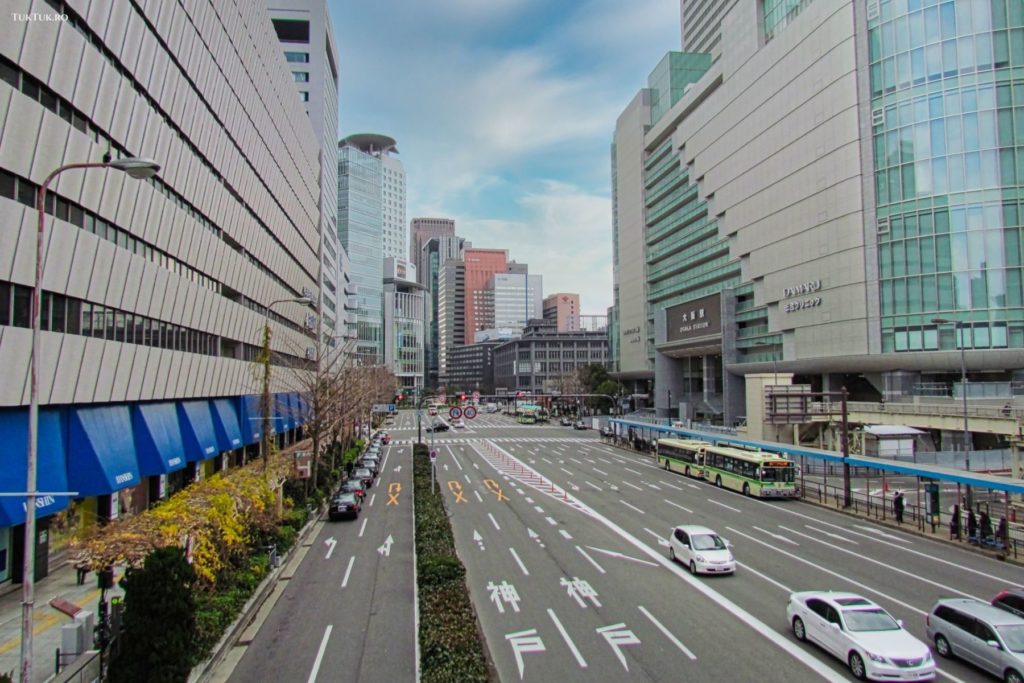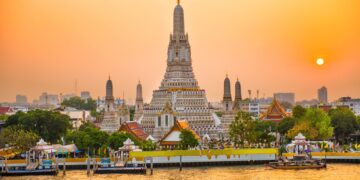Do you know how Osaka residents traditionally greet each other? Simple: “How much money did you make today?”. No, it’s not because there’s a large Jewish community in the city (there isn’t), but because it used to be called “Japan’s kitchen”: in the Edo period, Osaka was the country’s commercial center, the principal place where rice was traded and the world’s first modern exchange market. Osaka’s inhabitants are from father to son, merchant families. This makes Osaka today an incredibly crowded city and more “crazy” than others. I felt it immediately: in Osaka, people are different from those in Tokyo. They are less conformist but, at the same time, more hardcore. They seem more practical and also more “intense”. More fierce.

Osaka (Big Hill, in translation) is Japan’s second-largest city after Tokyo. By size, with a population of 2.5 million, it is the third largest. How far is Osaka from Tokyo? 505 km (about 6 hours by car and about 8 hours with regular train). The modern buildings don’t, at first glance, reveal much history, but the war, which, as elsewhere in Japan, wreaked havoc, must be taken into account. It should be noted, however, that in the 16th century, the famous general Toyotomi Hideyoshi chose the town as the site for his castle.
Are you planning a trip? Here are the best hotels in Osaka!
Cheapest plane tickets to Osaka, Japan:
Osaka Castle. What to do and see in Osaka
What to see and do in Osaka? Osaka is a charming city at night rather than during the day. During the day, the city seems too preoccupied with keeping the hustle and bustle and the crowds at bay, while after dark, it seems to unleash its ‘beast’ behind the walls, becoming a city remarkable for its excitement and fun. Osaka is a city to be tasted and experienced; not always easy to digest, but it is savory and crazy. I found it to be Tokyo’s rebellious brother, who asks for the keys to the multi-horsepower car at night and drinks its brains out until morning, trying to show the world how to live life.
What is Osaka know for? In Osaka, I experienced Japan’s favorite pastime (karaoke) and visited Hideyoshi (Osajako) Castle, an impressive edifice whose construction began in 1583 on the site of a former temple. The history of this castle is turbulent and scarred. It was rebuilt, destroyed by earthquakes and wars, then rebuilt again. It withstood the air raids of the Second World War, and it was not until 1997 that it was given its present, modern, imposing face, which stands in the middle of a park overflown by the city’s skyscrapers.







The Osaka Castle is 5 stories high and houses a museum that tells its history. From the top floor, you have a superb view of the city and the castle’s surroundings. It is surrounded by a water ditch and a garden with 600 cherry trees, plus a tea house, walls, citadels and cannons, a temple dedicated to Toyotomi Hideyoshi (who, for those who don’t know, was the man who unified Japan’s political factions during the Sengoku period in the 16th century, ushering in the Momoyana era in which the main law was that only samurai were allowed to bear arms) and many more.
Otherwise, Osaka is, of course, not just about visiting the castle. There are many other sights, including the Shitennoji Temple (one of the oldest Japanese temples), the aquarium, the Umeda district or the Umeda Sky Building, a spectacular 173-meter-high building consisting of two towers connected by the so-called Floating Garden Observatory on the 39th floor. I went up to the Umeda Sky Building (price – 700 yen) to see the view of the city, unfortunately in horrible weather. Even so, the architecture is impressive, and the views are breathtaking. Initially, the building belonged to Toshiba, which sold 65% of the shares in 2008 to a real estate company. One of the major companies with an office in Umeda Sky is Mazda.
And without happily recalling it, I am left with the image of a moment in an Osaka train station, sometime after 6pm, when the platforms were so crowded that you had the feeling you couldn’t move and that you would basically be timelessly stuck in a city that sometimes seems to suffocate its inhabitants, only to immediately make them happy by liberating them.












Pin it!

You may also like: Experiencing ryokans – traditional Japanese hotels



